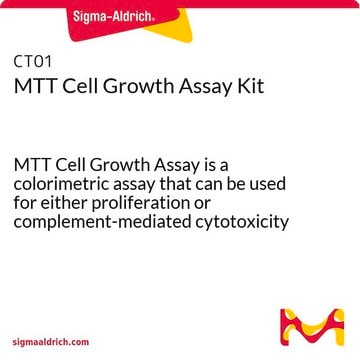MTT is typically used for the semi-quantitative colorimetric measurement of cell viability. This analysis is performed in a multi-well format which screens for the viability of any given compound at any given concentration. The percentage of viable cells cannot be determined using this method. After adding a stop reagent, in this case DMSO, the formazan crystals will be dissolved, making manual counting a challenge, at best. When used in a multi-well plate format, cells are incubated, a stop solution is added, and the plate is read spectrophotometrically at 570 nM. Please see the link below to review the product datasheet:
https://www.sigmaaldrich.com/deepweb/assets/sigmaaldrich/product/documents/305/017/m2128pis.pdf
For additional information, see the link below to the MTT kit protocol for product TOX1, a cytotoxicity kit that utilized MTT:
https://www.sigmaaldrich.com/deepweb/assets/sigmaaldrich/product/documents/333/177/tox1bul.pdf
To measure cell viability as a percentage of an entire population, microscopic methods may be of interest. Reagents such as Trypan Blue allow for the clear identification of viable and non-viable cells. To review more information regarding this method, please see the link below:
https://www.sigmaaldrich.com/technical-documents/technical-article/cell-culture-and-cell-culture-analysis/mammalian-cell-culture/cell-quantification
















